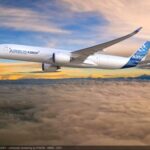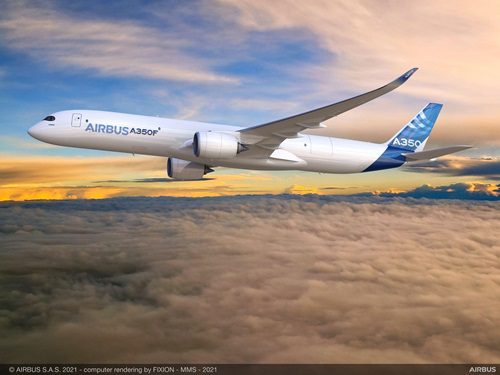 In an era where global commerce is increasingly defined by speed and efficiency, Airbus has positioned itself at the forefront of the burgeoning freight sector in the Asia-Pacific region. With an estimated demand for 400 widebody freighters over the next two decades, the area represents a significant portion of the global market, accounting for more than a quarter of the 1,490 aircraft anticipated worldwide. This surge is a testament to the area’s dynamic economic expansion and intensified trade activities.
In an era where global commerce is increasingly defined by speed and efficiency, Airbus has positioned itself at the forefront of the burgeoning freight sector in the Asia-Pacific region. With an estimated demand for 400 widebody freighters over the next two decades, the area represents a significant portion of the global market, accounting for more than a quarter of the 1,490 aircraft anticipated worldwide. This surge is a testament to the area’s dynamic economic expansion and intensified trade activities.
At the heart of Airbus’s strategy to captivate this booming market is introducing the A350F, heralded by Crawford Hamilton, the company’s Head of Freighter Marketing, as the world’s premier all-new freighter model. Unveiled at the prestigious Singapore Airshow, the A350F is not just any cargo plane; it is a harbinger of a new age in cargo transportation, boasting advancements that promise to redefine industry standards.
The A350F’s design is a marvel of modern engineering, promising to cut fuel consumption and carbon emissions by up to 40% compared to its predecessors, such as the 747F. This remarkable achievement underscores Airbus’s commitment to sustainability, aligning with the International Civil Aviation Organization’s (ICAO) stringent CO₂ emissions standards for 2027. The aircraft’s ability to fly up to 4,700 nautical miles (approximately 8,700 kilometres) at significantly reduced operating cost positions it as a formidable competitor in the global freight market, especially on major routes like Hong Kong and Anchorage.
With a payload capacity of up to 111 tonnes and the industry’s largest main deck cargo door—15% wider than its closest competitors—the A350F is uniquely equipped to efficiently transport new large engines and other outsized cargo. Over 70% of the aircraft’s airframe is constructed from advanced materials, contributing to a take-off weight that is 46 tonnes lighter than competing models.
Hamilton’s vision for the A350F in the Asia-Pacific region is not just about meeting the current demand for cargo transport. It’s about revolutionizing it. The aircraft’s unparalleled efficiency, capacity, and range make it the ideal choice for carriers looking to expand their operations while adhering to the highest standards of environmental stewardship.
The industry watches with anticipation as Airbus gears up to begin assembly of the A350F, with the first fuselage sections expected to be constructed in the upcoming months. The A350F’s entry into service, slated for 2026, marks the next chapter in Airbus’s storied legacy—a legacy characterized by innovation, sustainability, and an unyielding commitment to advancing the future of aviation.
With over 1,200 orders for the A350 Family from 57 customers worldwide, including 50 for the A350F from nine leading cargo airlines, Airbus’s trajectory in the freight sector looks promising. The A330neo Family also continues to gain traction, amassing nearly 300 firm orders from 28 customers, further solidifying Airbus’s position as a leader in passenger and cargo aviation.
As the Asia-Pacific region stands on the cusp of becoming the most significant international trade hub over the next two decades, Airbus’s A350F is poised to play a pivotal role in this transformation, enhancing carrier operations and propelling the industry towards a more sustainable, efficient future.
Written by: Anne Keam
















